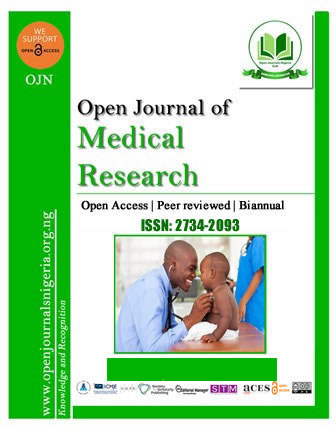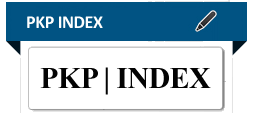ASSOCIATION OF INFANT FEEDING PRACTICES AND FOOD NEOPHOBIA AMONG PRE-SCHOOL CHILDREN IN OROGUN COMMUNITY, IBADAN
DOI:
https://doi.org/10.52417/ojmr.v2i2.275Keywords:
breastfeeding, complementary feeding, breast milk, exclusive breastfeeding, food neophobia, infant feeding practiceAbstract
This study determined food neophobia (FN) and the relationship of infant feeding practice (IFP) and (FN) among pre-school children in Orogun community, Ibadan. Three hundred and seventy mothers of pre-school children were chosen using a systematic random sampling technique from a pre-survey house to house list of eligible children. A semi-structured questionnaire that included socio-demographic characteristics, retrospective breastfeeding practice, retrospective complementary feeding practice (CFP) and FN scales were used to collect information. Data were analyzed using descriptive and logistic regression. The exclusive breastfeeding (EBF) rate was 26.8% and 38% of the mothers had a good breastfeeding practice. Timely initiation of complementary feeding was 54%. The prevalence of FN was 35%. Logistic regression analysis showed that the odds for FN was higher among children who were initiated to breastfeeding late (OR = 1.45, 95% CI: 0.886 – 2.31), children that were not breastfed on demand (OR = 1.766, 95% CI: 0.925 – 3.372), those not exclusively breastfed for six months (OR = 1.366, 95% CI: 0.834 – 2.240) and children introduced to complementary food before 6 months (OR = 1.473, 95% CI: 0.787 – 2.760). Most rejected foods were from the fruits and vegetable group. There were suboptimal IFP in the study and prevalence of FN was high. Poor IFP were associated with FN. Community-based nutrition education programs should be encouraged to improve IFP.
Published
How to Cite
Issue
Section
Copyright (c) 2021 Okonkwo & Samuel

This work is licensed under a Creative Commons Attribution 4.0 International License.





















